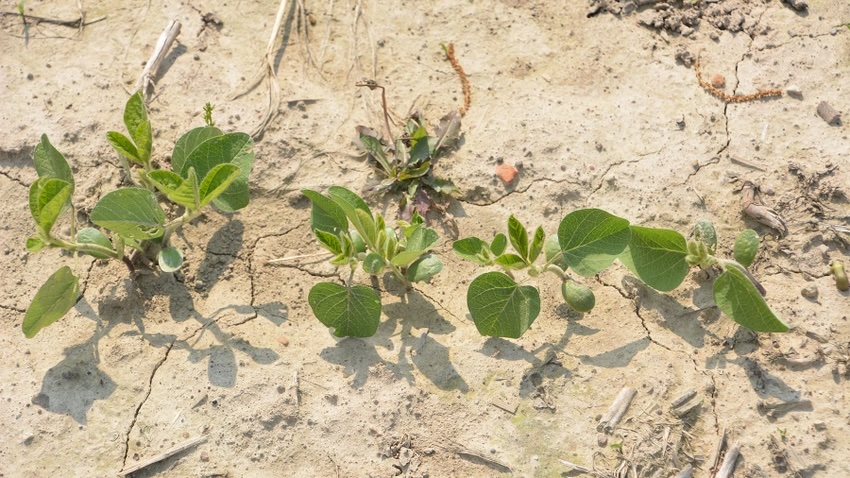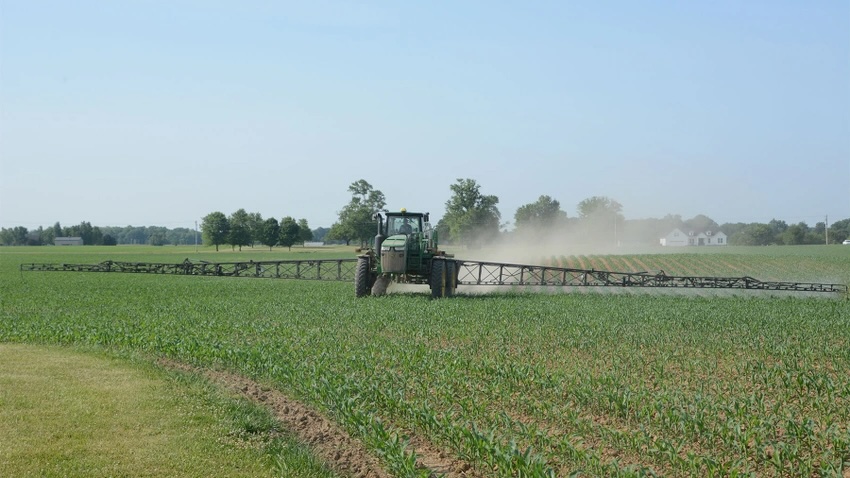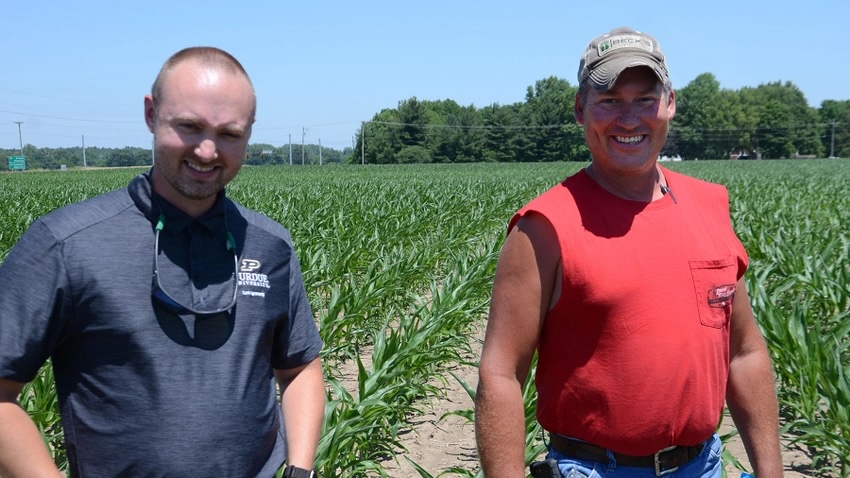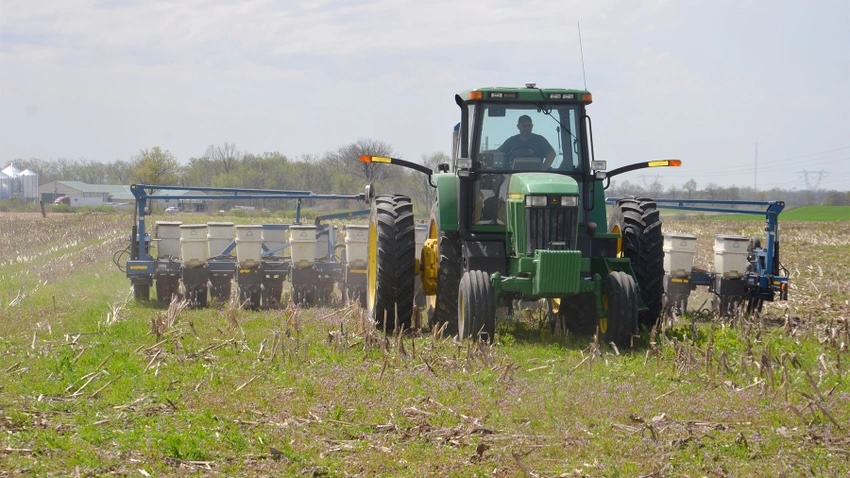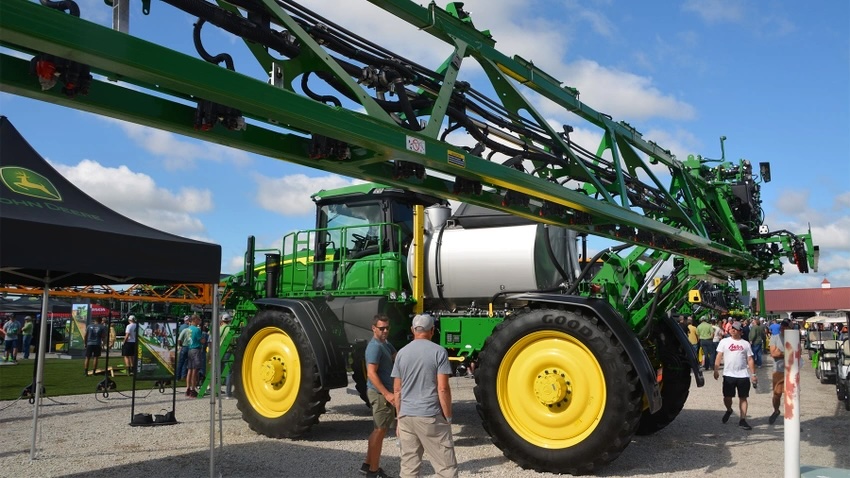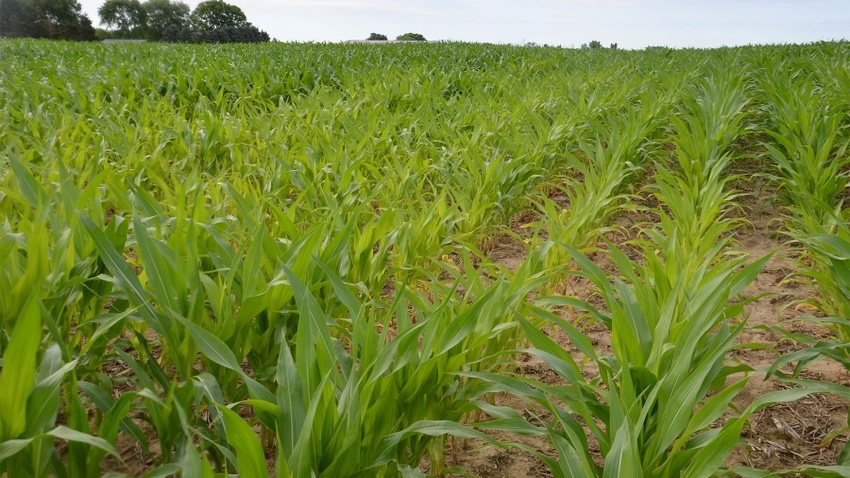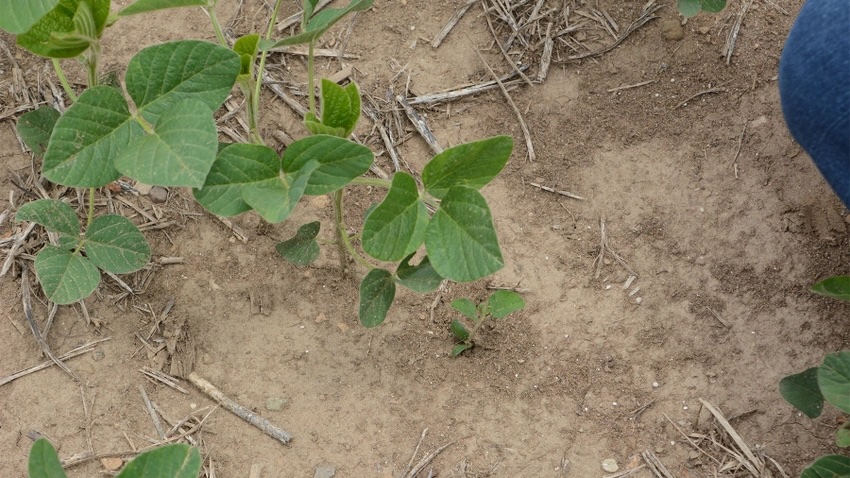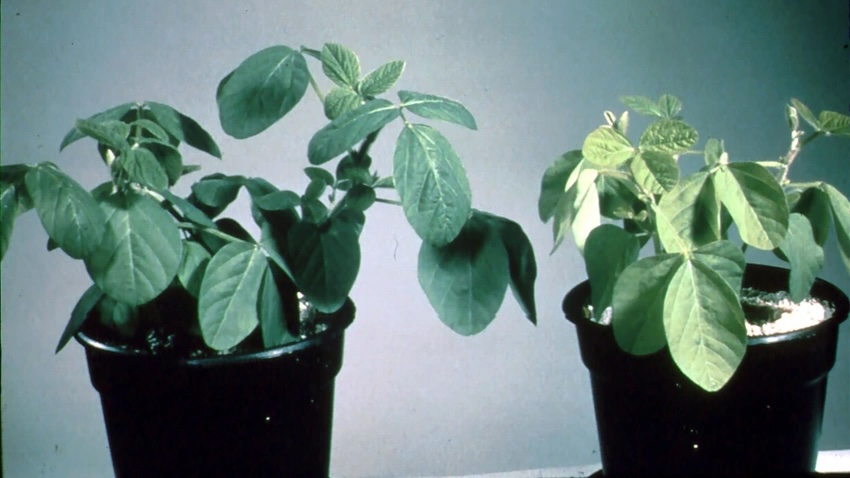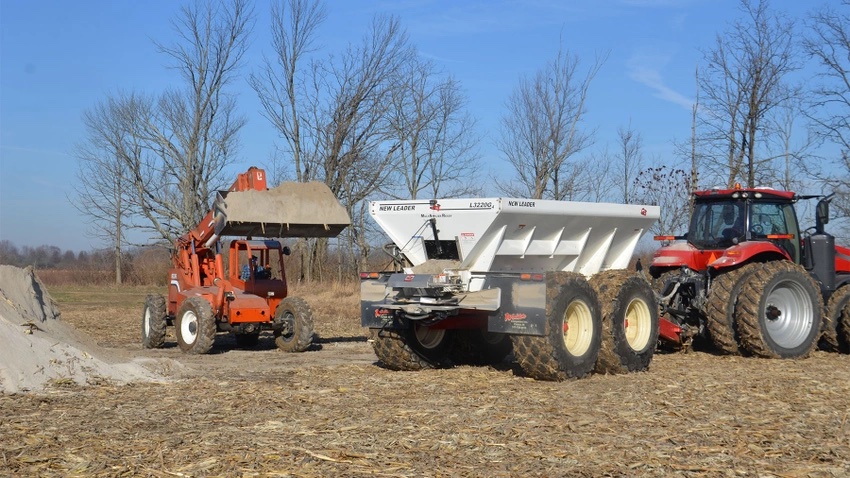Don't forget about sulfur for soybeans
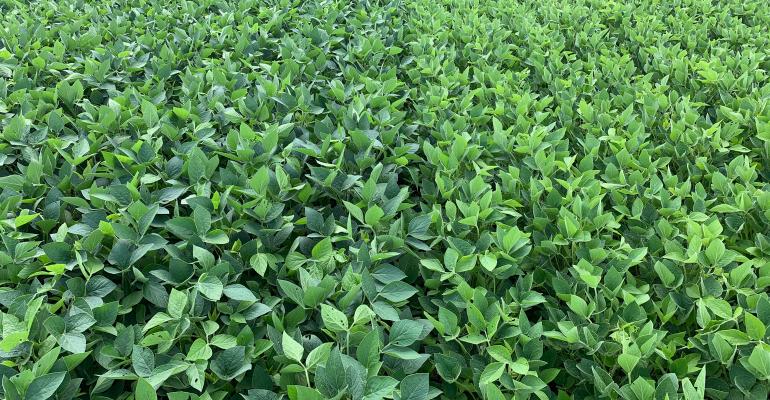
Soybean Corner: Some fields respond to sulfur by producing more yield.
Apr 25, 2022
We have never applied sulfur for soybeans. A couple of fields are pale. Is sulfur low? Can we correct it?
The panel of Indiana certified crop advisers answering this question includes Betsy Bower, agronomist for Ceres Solutions, Lafayette; Shaun Casteel, Purdue Extension soybean specialist; Greg Kneubuhler, G&K Concepts Inc., Harlan; and Bryan Overstreet, Purdue Extension educator, Jasper County.
Bower: The best way to determine if sulfur is low is a tissue test. With young soybeans, it can be hard to decide which leaf to take, but tissue testing will provide information to help decide if additional nutrition is needed.
Stage soybeans by counting number of trifoliates. A trifoliate is emerged when leaflet margins aren’t touching. Document growth stage on the submission form for tissue testing as V2, V3, V4. Or, if you find a flower anywhere on the stem, document if it’s R1, R2, R3 or later. Remove the most fully developed trifoliates for testing. They will not be the youngest trifoliate.
If you find sulfur or most other nutrients are low, there is plenty of time for corrective action. For phosphorus, potassium and sulfur, I prefer dry fertilizer products applied postemergence. It takes rainfall, but you get more pounds of actual nutrient for dollars spent. If that’s not feasible, a foliar nutrient will certainly pay its way. Apply the highest rate you can by label.
Casteel: Off-green to highlighter-green soybeans often occur during early vegetative growth. Soybeans are going through an awkward stage, growing so fast they’re deficient in nitrogen. The soil isn’t supplying enough, and nodules aren’t fixing enough N. Soybeans grow out of this in seven to 10 days.
Dig up plants to assess if nodules are white, red or dead. White nodules are immature. Red or pinkish interior indicates N fixation has started. Brown or mushy nodules are dead. Young soybeans at V2 to V3 may only have three to five actively fixing nodules. Soybeans from V4 onward should have eight or more.
Leaf sampling is the next step. Take two sets of leaf samples to compare good and poor areas. Taken during the awkward stage, V1 to V3, nitrogen and probably sulfur will be low. Wait until soybeans are V4 or older. If sulfur is low, you still have time to correct with a broadcast soil application of ammonium sulfate or pelletized gypsum. Foliar application usually doesn’t supply enough sulfur.
Kneubuhler: Just physically looking at beans may or may not tell you if they’re deficient on sulfur. Early, pale beans could simply be waiting to nodulate and fixate nitrogen. Generally, sulfur deficiencies don’t visually show until later in the vegetative stages. Look for a yellowing or off-green color in the upper canopy. You also don’t have to have visual symptoms to be deficient. A simple tissue sample can confirm sulfur deficiencies.
Corrective action can be obtained through broadcast fertilizers like AMS or pelletized gypsum in-crop. Several foliar fertilizers are sulfur-based. There is not a silver bullet, but multiple options available are quite cost-effective.
Overstreet: Check plants that are pale. If you’re not seeing damage, including cysts on roots, do a tissue sample. It could be sulfur, but it could be something else. Casteel has shown optimum response with preplant sulfur, plus very good results with up to 4 pounds per acre of sulfur at V4 and R3 growth stages.


